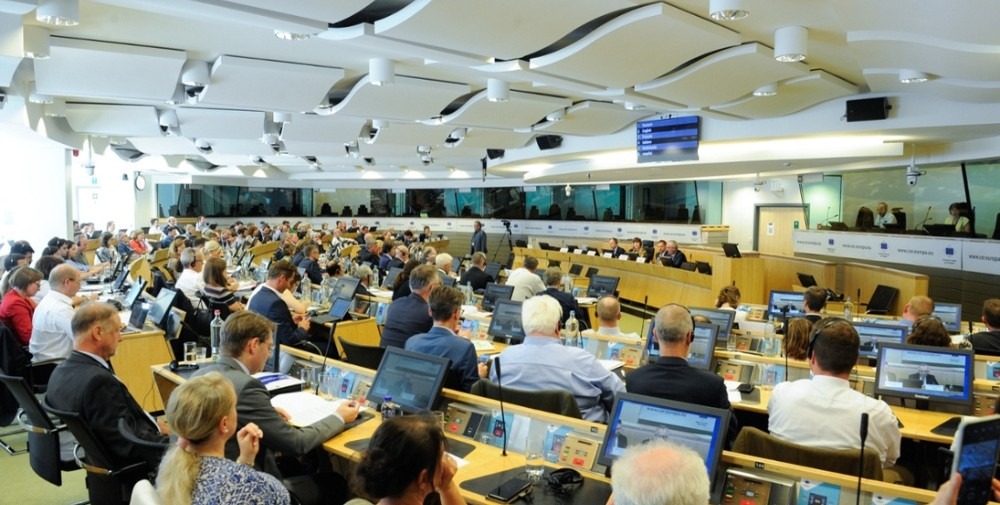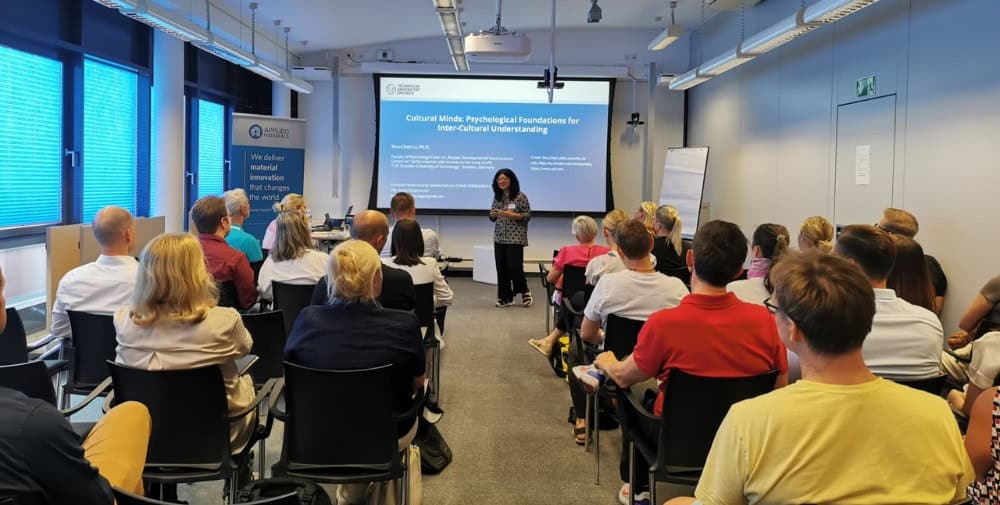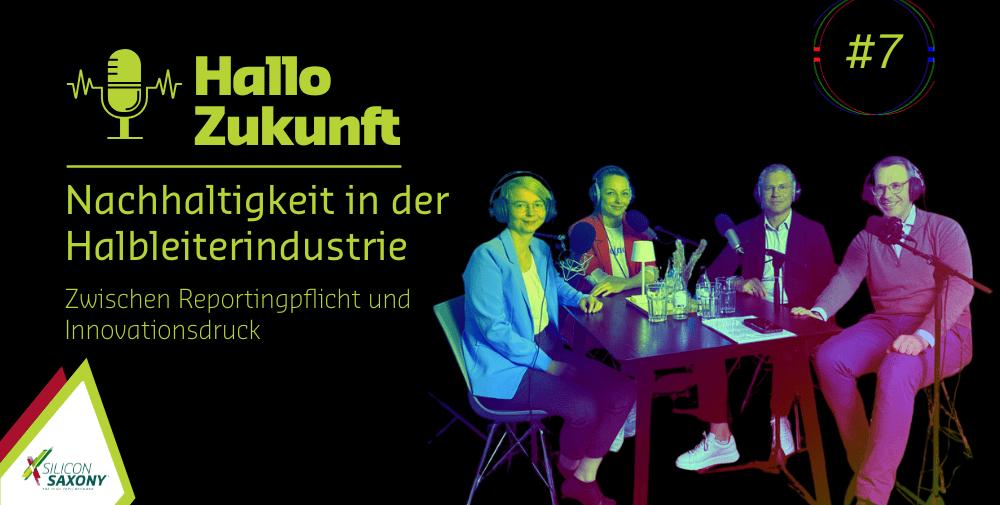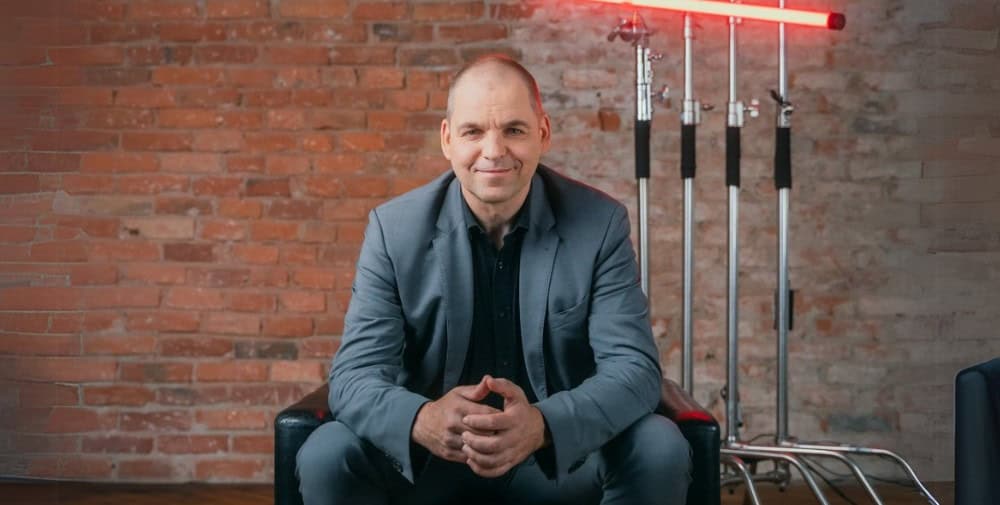“If you want to go fast, go alone. If you want to go far, go together”, is an African proverb. In Europe, too – where cooperation is virtually part of the DNA – people want to be stronger together. Alliances, especially where there is a feeling of being left behind in the global game, are the way to go. By means of a pan-European semiconductor and microelectronics industry, the aim is to expand Europe’s share of the global semiconductor market to 20 percent by 2023. That this is not to be achieved in a sprint seems clear and thus Europe goes this far way gladly together, and in most different constellations.
Foundation of the European Semiconductor Regions Alliance (ESRA) accomplished
.
On September 7, another European alliance has now been born. This time, 27 European regions have officially committed to cooperation. The “European Semiconductor Regions Alliance”, or ESRA for short, is a joint platform for collaboration, growth and investment in the European semiconductor industry. You’ve heard that before? Quite possibly.
In fact, there are already functioning alliances in the semiconductor sector at the cluster level as well as at the nation-state level. For example, the “Silicon Europe Alliance” has been networking the most important European industry clusters and thus the interests of the industry since 2012. They also followed suit at the political level. On December 7, 2020, 22 nation states signed a joint declaration committing to Committed to Collaboration. Strengthening the European value chain and expanding leading manufacturing capabilities, in short, strengthening the European semiconductor technology and industry, were and still are the goals.
Representation of interests, exchange and bundling of competencies
.
So why is ESRA needed now? Michael Murphy, CoR vice president and Tipperary County Council member, says: “It is vital that national governments recognize the economic potential of the semiconductor industry in all regions of Europe and provide the necessary support to develop a strong and integrated value chain.” The automotive industry, among others, has shown how this can be done, with the “Alliance of Automotive Regions” bringing together those regions that have a strong automotive and supplier industry. Aiming to contribute to the goals of the European “Green Deal” they, too, are giving regional and even local bodies hearing in Brussels.
As a link between regional industry and Brussels, ESRA also has several roles. In addition to the necessary political tailwind in Brussels, there are numerous issues in regional development that are much faster and easier to discuss in regional exchanges. The topics range from education and research to synergies as a result of large-scale settlements. Bilateral exchange within the alliance can also help in implementation: Saxony and Flanders are currently showing how this can be done. At a government consultation on September 6 in Brussels, the two countries reaffirmed their partnership. Based on common ground in the past, they also want to be leaders in technology and innovation together in the future. Michael Kretschmer emphasized. “Through cooperation between our regions, we can strengthen not only each other, but the European Union as a whole.”
27 regions and counting
In addition to Saxony and Flanders, ESRA brings together another 25 regions from 12 member states, including Germany, Spain, the Netherlands, Austria, Portugal, Belgium, France, Italy, Finland, the Czech Republic, the United Kingdom and the Republic of Ireland. Additional regions are to be identified. A Sherpa body will also be established and working groups will be formed. Given that time is of the essence, this sounds primarily like bureaucratic formalities and not really goal-oriented. We remember: 20 percent market share and that as early as 2030 was the goal.
10-point plan as the basis for the work
.
A 10-point program adopted with the founding of ESRA is intended to close this gap. It includes specific goals ranging from establishing funding under the EU Chips Act to adequate water and energy supplies, skilled labor and talent development, and advocacy at the EU level.
In the first point – namely, in showing where the EU’s limited funds from the European Chips Act can be used efficiently and leveraged through regional efforts – we believe ESRA’s greatest potential lies.
Because the semiconductor and microelectronics industry is globally interconnected. Dependencies along the value chains are manifold and strong. The specializations of the European regions show this and it is illusory for individual regions to fully represent the entire value chain. Some raw materials are not available in Europe, resources are distributed just as widely as user industries, and skilled workers are scarce. This is where opportunities arise for the alliance. The motto is to cooperate instead of compete and to strengthen strengths. With targeted use of the available financial resources, Europe could remain or become internationally competitive.
Microelectronics on the rise
.
Global political tensions are also making it difficult for other regions and countries to maintain their current course. And this is despite the fact that the industry is soaring. AI applications, electromobility and a potential general technology push in all areas are driving the dollar signs in its eyes. The management consultancy McKinsey estimates that the global semiconductor market is expected to generate sales of no less than a trillion dollars as early as 2030. If Europe wants to play out competitive advantages here, it must bundle resources cleverly, make supply chains less prone to disruption, exploit synergies and be attractive to skilled workers. Without joint knowledge and action and cooperation at various levels, this is not possible. The decision to locate TSMC and the EU Taiwan Partnership Forum [LINK] at SEMICON Taiwan recently showed that the EU is on the right track. The first fruits of existing European and international alliances thus seem to be ripening. Whether they will be sufficient to achieve the envisaged 20 percent target remains an open question. And whether that target is even a meaningful metric is yet another question entirely, one we recently addressed in our Podcast on the EU Chips Act. Give it a listen, it’s worth it. And aside from that: let’s continue to work well together – on a Saxon, European and international level – because we still have a long way to go and it’s best done together.



